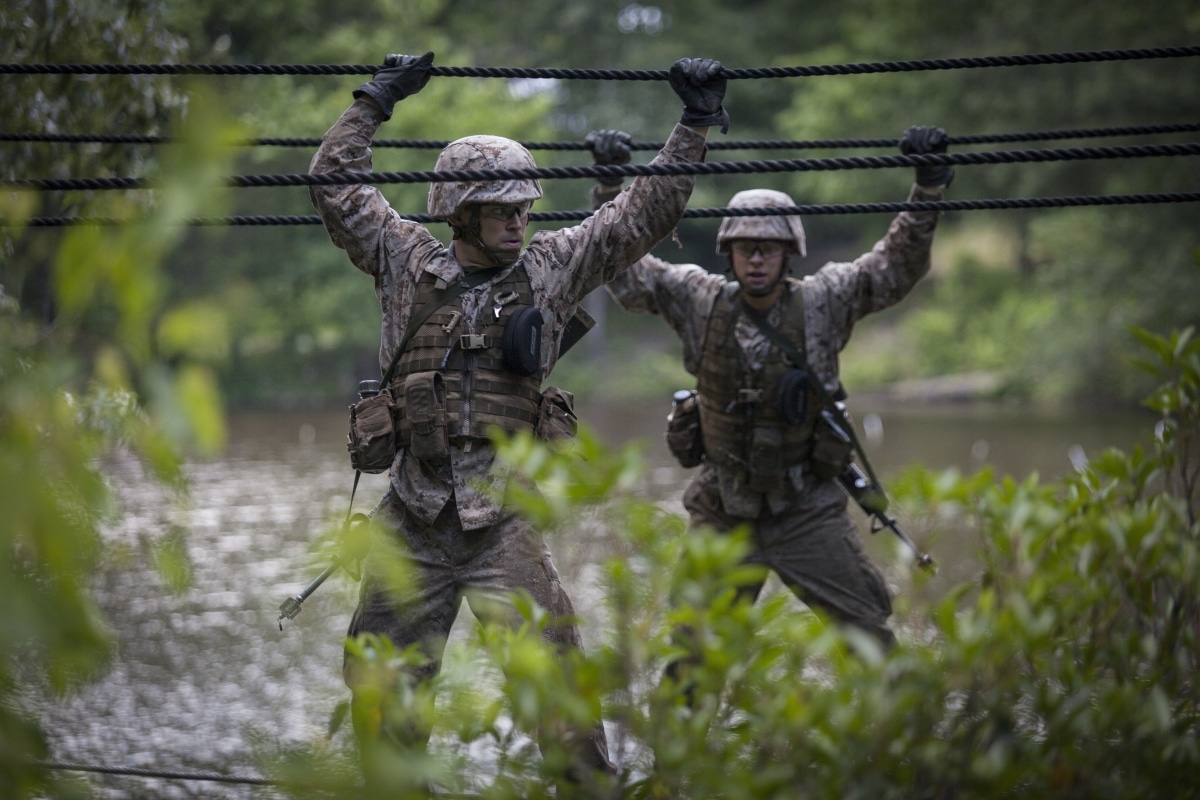The Force Reconnaissance of the Marine Corps dates to World War II, notably influenced by the Marine Corps Raider Battalion and the Marine Corps Amphibious Reconnaissance Battalion. The Marine Corps Raider Battalion, one of the first organized special operation units, was a precursor to modern Force Reconnaissance, established by Major General Thomas Holcomb to emulate the success of British Royal Marine Commandos.
Key Points:
- The United States Marine Corps Raider Battalion, one of the first organized special operations units, significantly influenced the development of Force Reconnaissance.
- Established in 1942 by Major General Thomas Holcomb, the Raider Battalions aimed to replicate the successful strategies of British Royal Marine Commandos.
- The Raiders, renowned as Marines of the highest caliber, underwent rigorous training in small unit tactics and guerrilla warfare, preparing them for spearheading amphibious landings, conducting surprise raids, and operating as guerilla units behind enemy lines.
- Lieutenant Colonel Merritt Edson led the 1st Raider Battalion (“Edson’s Raiders”), while Lt. Col. Evans Carlson led the 2nd Raider Battalion (“Carlson’s Raiders”).
- The Raider Battalions had distinct organizational structures, with Edson’s using traditional eight-man squads while Carlson’s used unconventional ten-man squads with three fire teams.
- Over two years, the Marine Raiders participated in the Pacific Campaign, fighting in significant battles like Guadalcanal, the Solomon Islands, Makin Island, New Georgia, and Bougainville, before being disbanded in 1944.
Source: https://greydynamics.com/marine-force-reconnaissance-a-marine-corps-staple/






